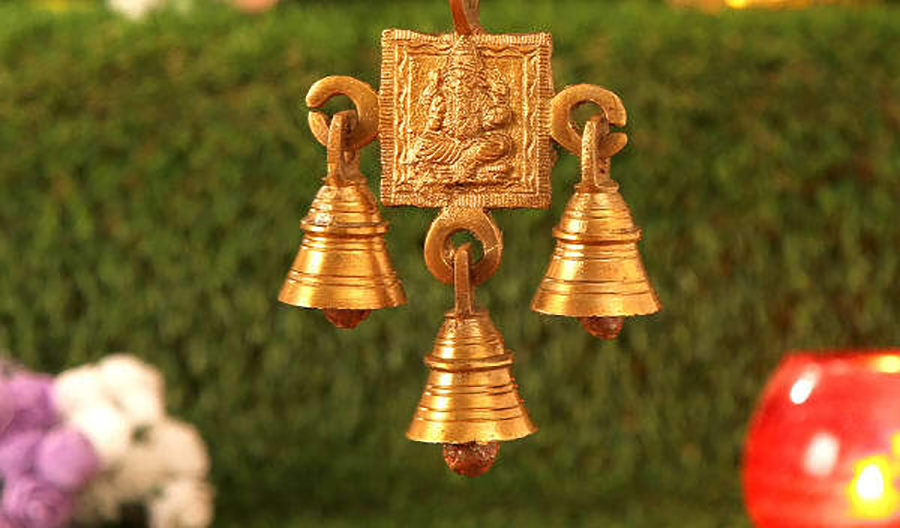
Ganesh Chaturthi, also known as Vinayaka Chavithi, is a propitious Hindu festival that is celebrated for 10 days every year. This festival is actually celebrated in the month of Bhadra according to the Hindu calendar that basically falls in the Mid-Aug to September. It is the sign of the birthday of the beloved elephant-headed Lord Ganesha.
Ganesh is called God of sciences, wealth, prosperity, wisdom, and that is the reason most of Hindus remembers him and also takes his blessings before beginning any necessary work. Lord Ganesha is well known by 108 several names such as Vinayaka, Gajanana, Vighnahartha among others.
As per the first and foremost story, Lord Ganesha was a creation of Parvati out of dirt from her body to protect her in the Shiva’s absence. She gave him the task of protecting her bathroom door when she was taking a bath. In the meantime, Shiva returned home, and Ganesha, who didn’t know who Shiva was stopped him. The infuriated Shiva and he helped Ganesha’s head after a tiff between the two. Goddess Parvati was angry when she came to about this incident, Lord Shiva, in result, promised to get Ganesha back to life. The devas were sent to search for the head facing north of the child but only could get head of an elephant. God Shiva fixed the head of the elephant on the body of a child, and that how the Vighnaharta Ganesha was born.
The other famous story is that the Devas asked Parvati and Shiva to create Ganesha and this is because he can be a Vighnakarta for the rakshasas (demons) and therefore being a Vighnaharta and help the Devas.
Importance of Ganesha Chaturthi
It is said that devotees who pray to Ganesha are able to meet their desires and wishes. Therefore, the main spirit of Ganesh Chaturthi is that devotees who pray to him are set free of sins and it helps to leads them on the path of wisdom and knowledge.
This festival has been celebrated since King Shivaji’s time. It was during the struggle time of India freedom that Lokmanya Tilak changed Ganesh Chaturthi from a private celebration to a grand public festival where all castes of people of the society can come together pray and he united.
Over the years with growing awareness of the environment, people have started celebrating Ganesh Chaturthi in an environmentally friendly manner. It consists of getting Ganesha idols made of natural mitti/clay and using natural items along with flowers to decorate the Pandals.
Surprising facts of Ganesha Chaturthi
- The first Ganesh Chaturthi celebration dates back to the Chhatrapati Shivaji Maharaj’s Era
While many deem that Lord Ganesha’s birthday, Ganesh Chaturthi was first celebrated when the Chalukya, Rashtrakuta, and Satavahana dynasties ruled between 271 BC and 1190 AD. But, the first historical record of the Ganesh Chaturthi celebration dates back to the Chhatrapati Shivaji Maharaj’s era. Lord Ganesha was measured to be their Kuladevata. Chhatrapati Shivaji Maharaj was the founder of the Maratha empire who firstly celebrated Ganesh Chaturthi with great passion in the 1600s in Pune. Further, the festival continued to be celebrated by the Peshwas.
- Bal Gangadhar Tilak started Public Ganesh Chaturthi celebration in 1893 for fighting against British
Lord Ganesha was a famous idol worshipped around India and the Ganesh Chaturthi remained a homely affair. In 1893, freedom fighter Bal Gangadhar Tilak has transformed the festival from a personal celebration to a grand public event to bond India against the British. To control mass gatherings, the British prohibit Indians to fulfil in the large groups unless it is for religious purposes. Therefore, for Ganesh Chaturthi, Tilak put out on the hoardings of Lord Ganesha on pavilions in Mumbai. He also encouraged large Ganpati statues and public celebrations. Lord Ganesha, the removal of the obstacles not only brought religion to the Indian Independence struggle but also inculcated a patriotism sense in the people.
- Lord Ganesha is Worshipped in Japan, Nepal, Afganistan, Thailand, and Cambodia
Lord Ganesha’s divinity is not just only for India but his blessings travel all the way around the boundaries of India to countries such as Cambodia, Japan, Thailand, and even Afganistan to name a few. But his portrayal differs from one region to another in the Indian avatar. The weapons and posture in his hand are quite different. China worships a divinity known as “Kangi Ten”. They are two elephant-headed figures that embracing each other. Lord Ganesha also makes the appearance of Indonesia’s Rs. 20,000 currency notes. Cambodia worships a God known as “Prah Kenes”. Cambodian Ganesha images of the pre-Khmer period portray the Lord with wide-fan such as ears, no neck, no potbelly, and no headdress.
- It is Considered Unlucky to look at the Moon on the day of Ganesh Chaturthi
While Ganesh Chaturthi, while revel in the colorful celebration and ravine on delicious mithai, make sure you don’t glance at the moon and that is why it is considered unlucky to do so. As per Hindu Mythology, Lord Ganesha was riding atop his Vahan, mooshak, the mouse while returning from a gorge. On seeing a snake the mouse dropped drop Ganesha and because of the impact of the fall, his belly burst open and the dinner spilt out.
Ganesha collected all the modak and laddoos and out it back in his belly. He after that, tied the snake across his belly to hold it. The Chandra, Moon watched this and burst out laughing. Angry by this, Ganesha broke his tooth and then, threw it at the Moon. He then, cursed the Moon which he can never shine again. The Moon then sought forgiveness and the curse was undone. But till today, looking at the moon while Ganesh Chaturthi is still considered an unlucky.
- Mumbai’s Lalbaugcha Raja Hosts India’s Longest Fascination Procession
Lalbaugcha Raja Mandal is one of the traditional Mandals in India, set up in 1934 in the Peru Chawal locality. The chawl was then shut in 1932 and the locals who were fishermen and vendors assured to get a Ganpati and set up in the place. The first-ever Lalbaugcha Raja was set up by fishermen. Kambli family in Mumbai design and create the Ganpati idols since 1935. Lalbaugcha Raja hosted the longest immersion or Visarjan procession in India and it starts all the way at 10 am in the morning and ends the next morning and the second-longest immersion demonstration takes place in Andhericha Raja.







